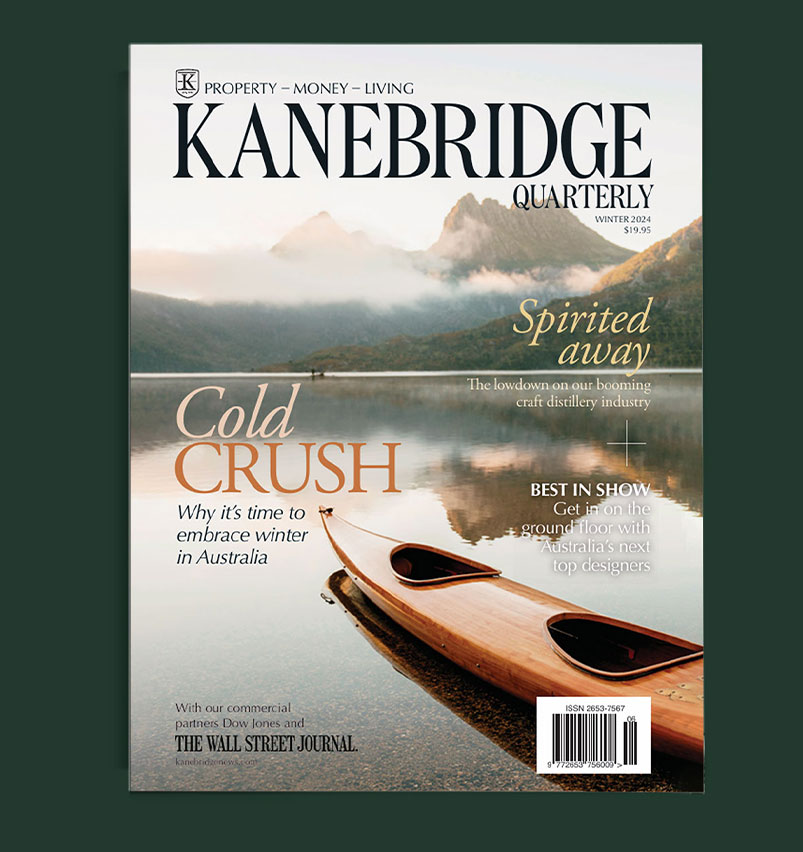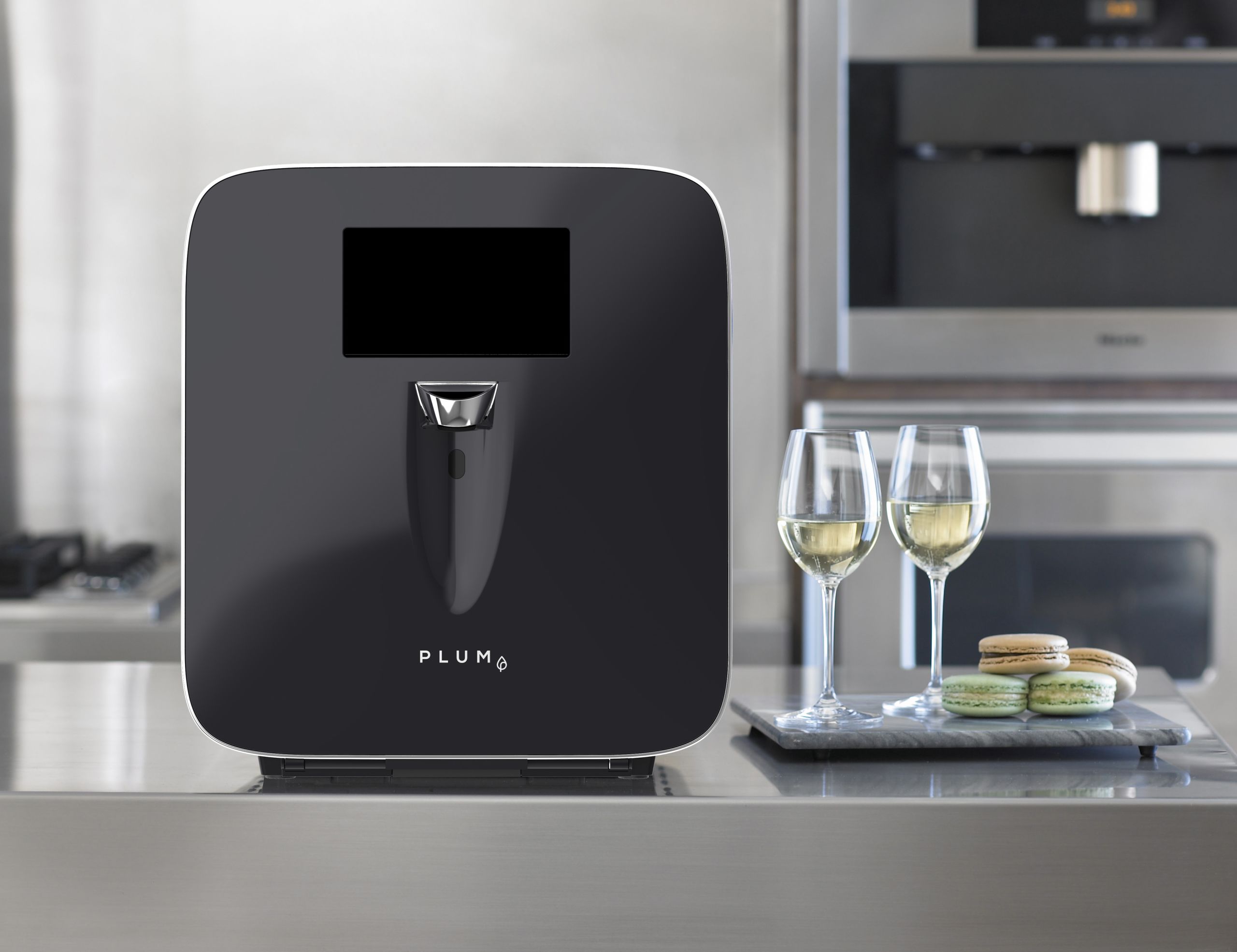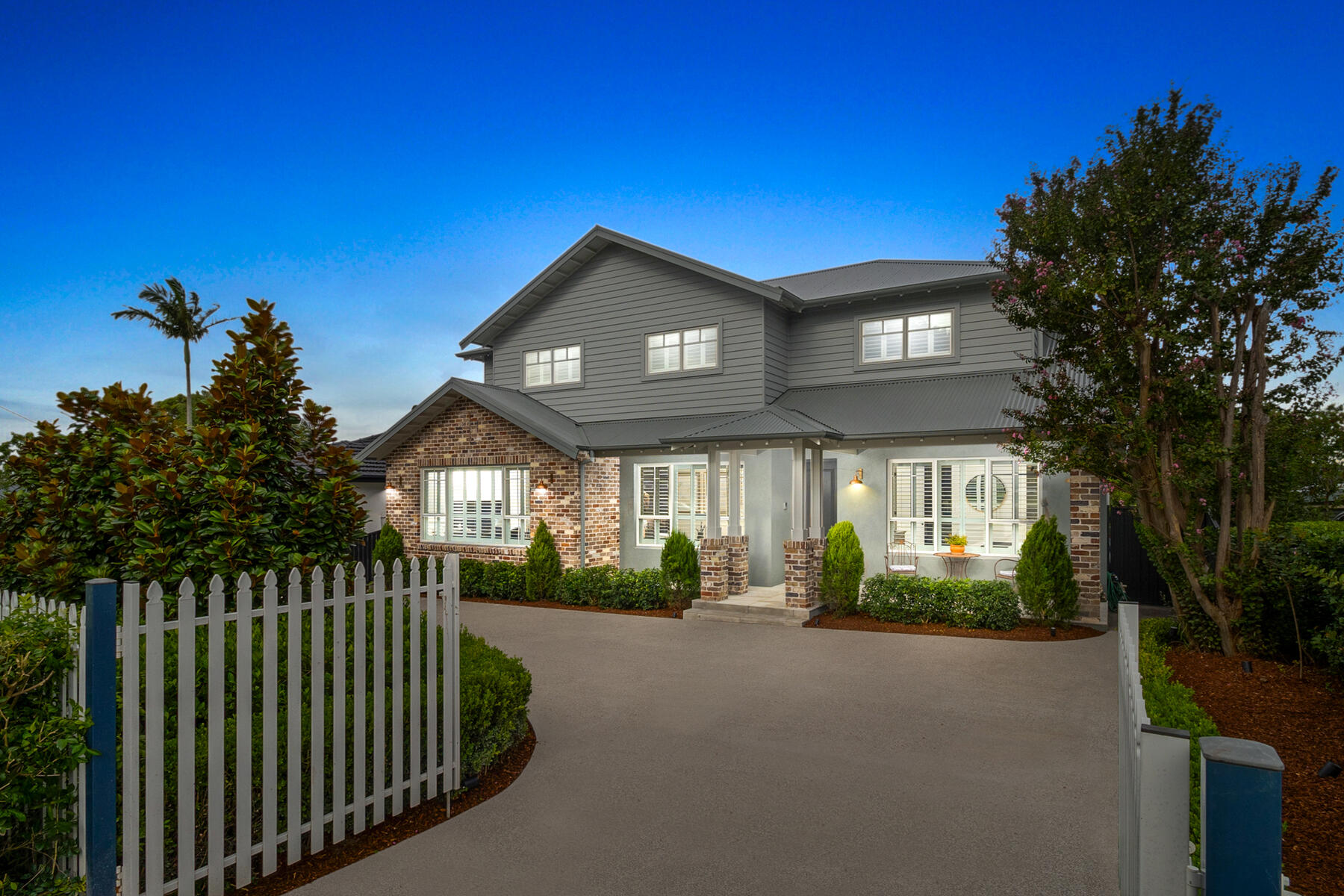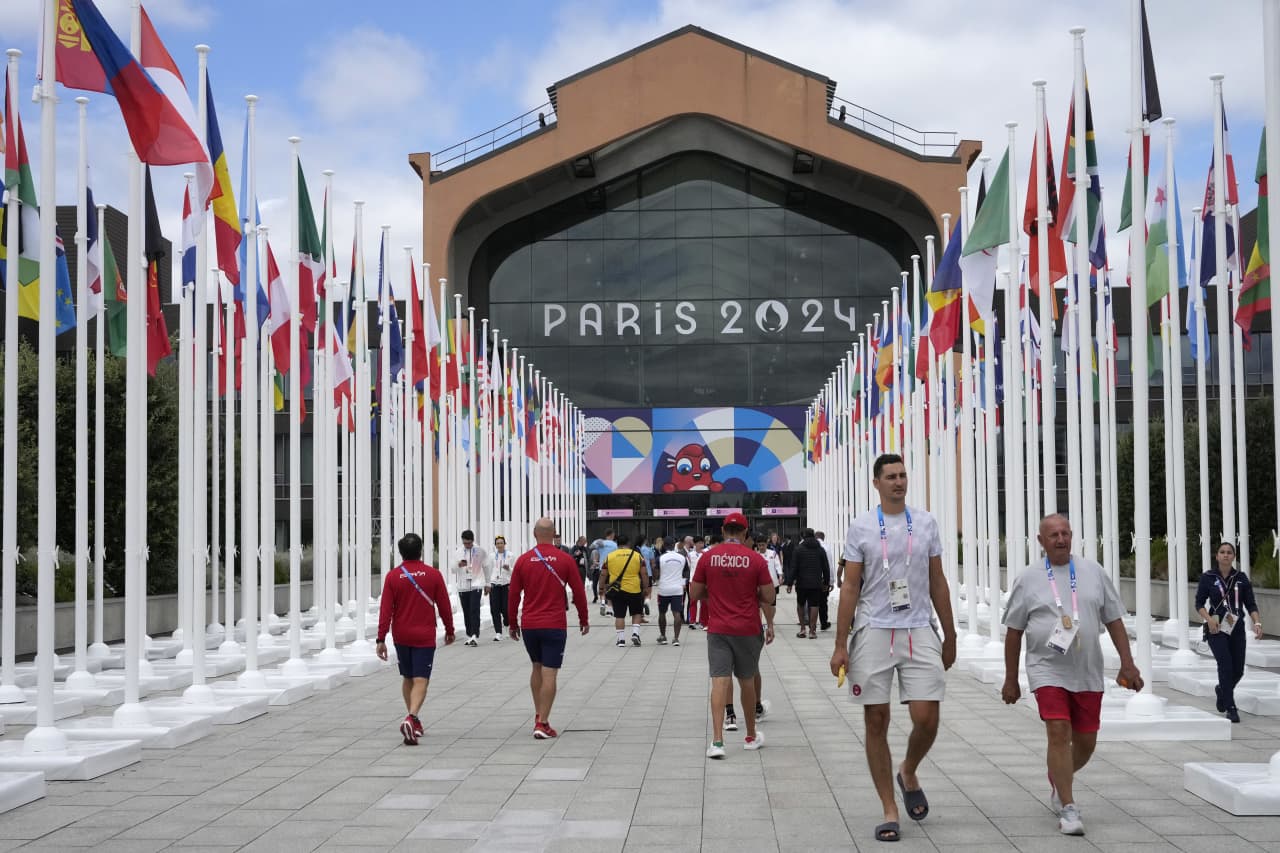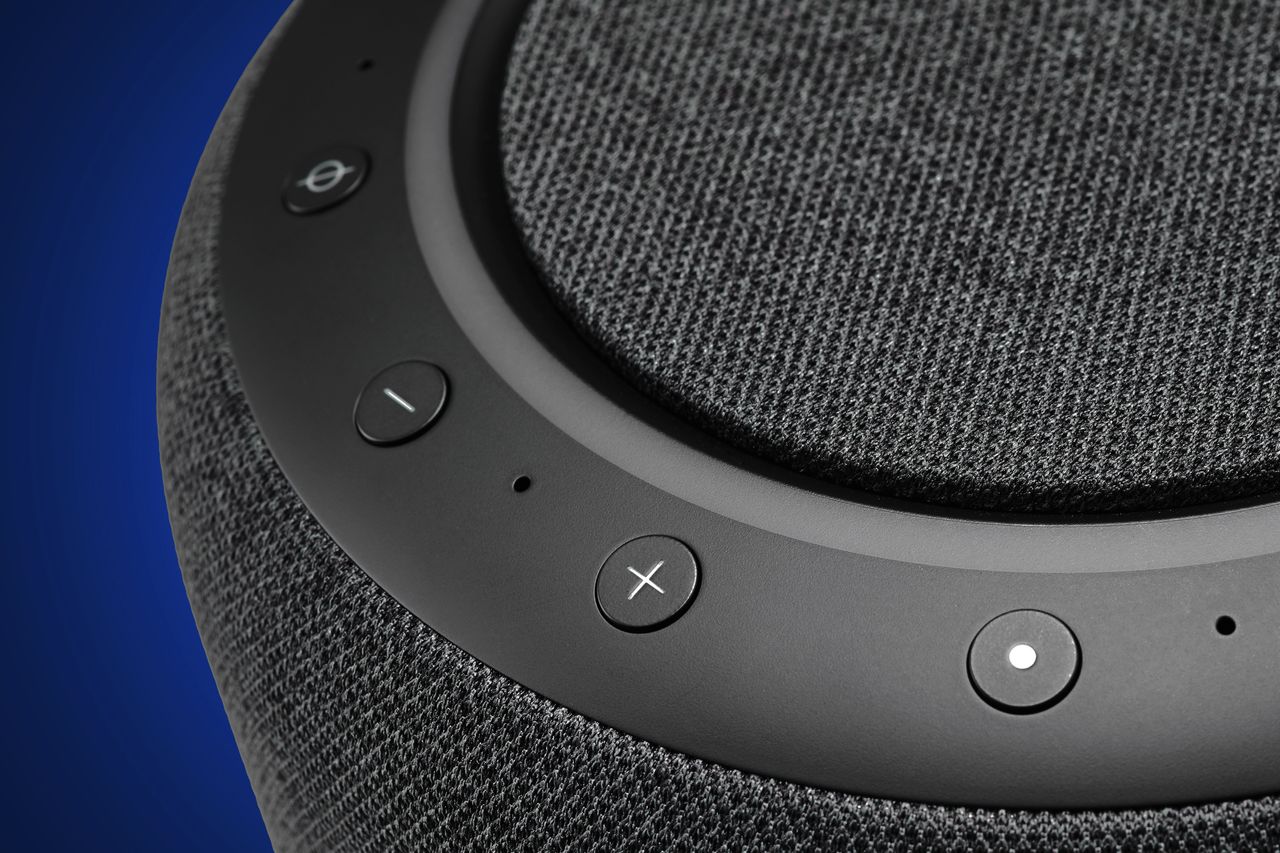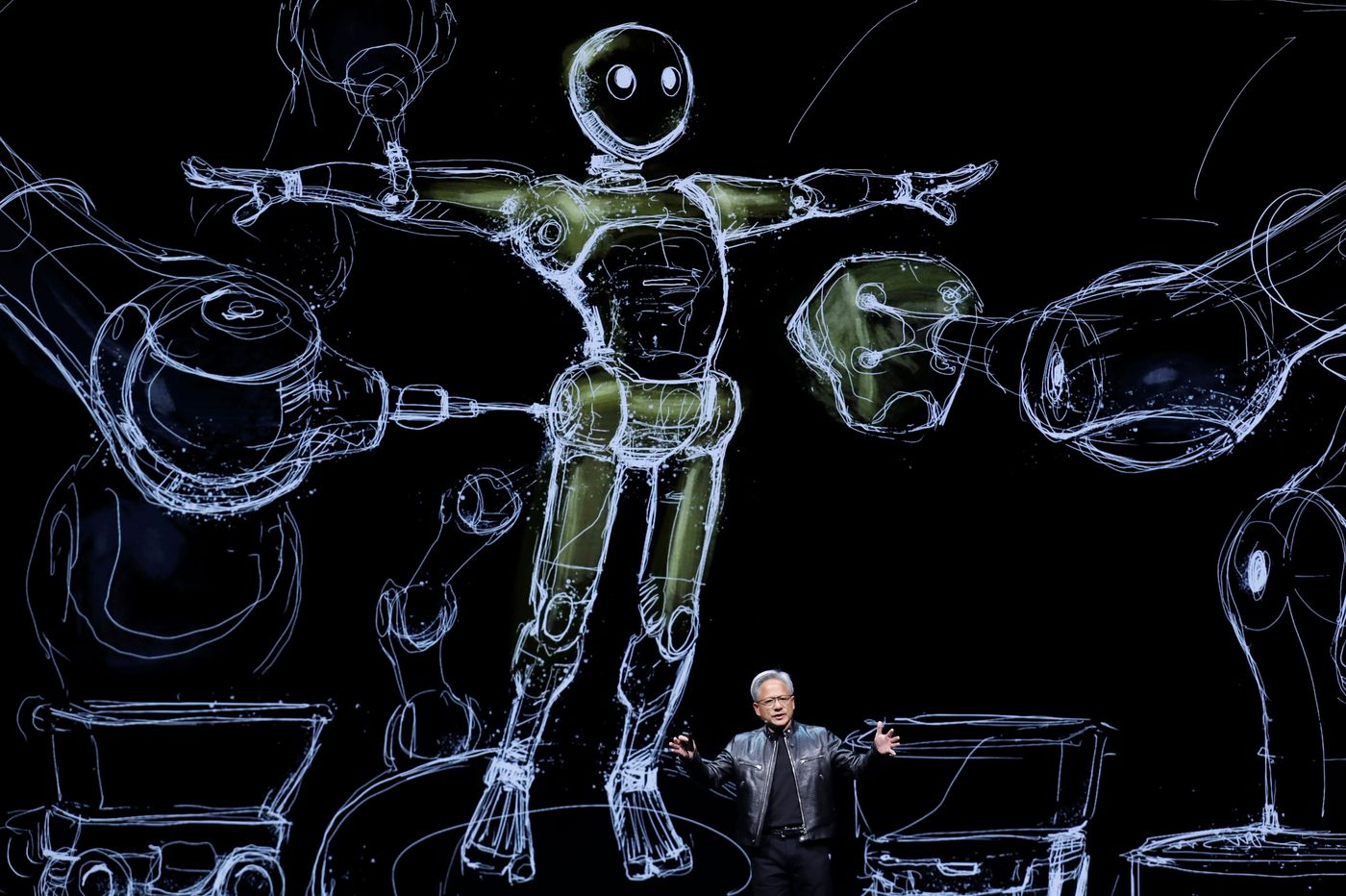Vin Tech: Smart Storage Options for Your Wine
For those who love automation as much as they love Cabernet, these devices are sure to satisfy.
Wine, like nearly every culinary art, is no stranger to smart technology.
With precise temperature requirements, collector preferences and security concerns, wine—and more specifically, wine storage—has been fruitful ground for connected devices.
Here are some of our top picks for smartly storing your vino.
Plum
Plum is perfect for the collector who is big on wine but short on space. Once a bottle is inserted into this countertop contraption, it automatically identifies the varietal, region, winery and wine, and prepares the drink exactly as the creator intended—precisely puncturing the cork (or alternate top) and bringing it to the optimal temperature identified by the winemaker. Essentially, Plum provides a speedy, sommelier-curated wine cave for those bottles you’ve been keeping in your kitchen cabinet. And Plum’s dual chambers, which can hold bottles at their ideal temperature for up to 90 days, means you can provide your guests (or yourself) with a little vino variety.
Plum is available for approx. $3260.
Café Wine Center
For the moderate collector with a mind for display, Café offers a 46-bottle wine fridge with a LED light wall that spans the entire back panel, providing a stylish lighting solution for selecting and showing your collection. Owners can control this lighting feature on the Wi-Fi-enabled Wine Center via SmartHQ app, dimming and illuminating their wine storage with the swipe of a finger. In addition to being chic, the Wine Center covers the practical, with a dual zone chiller—store your reds and whites at different temperatures—which, again, can be entirely controlled by the accompanying app.
The Café Wine Center is available for approx. $3260.
LG Wine Cellar Refrigerator
You can’t talk about high-tech fridges without mentioning LG, and the Wine Cellar Refrigerator doesn’t disappoint. This 65-bottle wine storage solution is Wi-Fi-equipped, meaning users can exercise control over its three temperature zones with the accompanying ThinQ app—but they don’t even need to trouble themselves. Built with LG’s Optimal Preservation Technology, the Wine Cellar Refrigerator automatically works to reduce temperature fluctuations, light exposure and vibrations, while also locking in humidity. And the convenient features don’t stop there. The Wine Cellar Refrigerator includes a smart sensor at the bottom that lets users open the door with a wave of their foot—or with the sound of their voice, as the clever cooler also works with Alexa and Google Assistant. But why open the fridge at all if you don’t need to? The Wine Cellar Refrigerator also includes LG’s InstaView tech, which allows users to simply knock twice on the front glass of the fridge, instantly turning it from opaque to transparent.
LG Wine Cellar Refrigerator is available for approx. $9130.
Sub-Zero Designer Wine Storage
A leading name in lowering temperatures, Sub-Zero offers oenophiles style, security and smart features with its Designer Wine Storage series. Holding 59, 86, or 102 bottles, depending on model size, the Wi-Fi-equipped Designer Series allows users to remotely control temperatures across two to four temperature zones, while dual evaporators maintain consistent humidity throughout. And because collections can often be priceless (sentimentally, if not financially), the Designer Series easily integrates with your home security system, ensuring that your beloved Beaujolais remain yours.
Sub-Zero Designer Wine Storage refrigerators are available for approx. $8195 to $12,060, depending on size.
Reprinted by permission of Mansion Global. Copyright 2021 Dow Jones & Company. Inc. All Rights Reserved Worldwide. Original date of publication: April 6, 2021
 Copyright 2020, Dow Jones & Company, Inc. All Rights Reserved Worldwide. LEARN MORE
Copyright 2020, Dow Jones & Company, Inc. All Rights Reserved Worldwide. LEARN MORE
This stylish family home combines a classic palette and finishes with a flexible floorplan
Just 55 minutes from Sydney, make this your creative getaway located in the majestic Hawkesbury region.
As Paris makes its final preparations for the Olympic games, its residents are busy with their own—packing their suitcases, confirming their reservations, and getting out of town.
Worried about the hordes of crowds and overall chaos the Olympics could bring, Parisians are fleeing the city in droves and inundating resort cities around the country. Hotels and holiday rentals in some of France’s most popular vacation destinations—from the French Riviera in the south to the beaches of Normandy in the north—say they are expecting massive crowds this year in advance of the Olympics. The games will run from July 26-Aug. 1.
“It’s already a major holiday season for us, and beyond that, we have the Olympics,” says Stéphane Personeni, general manager of the Lily of the Valley hotel in Saint Tropez. “People began booking early this year.”
Personeni’s hotel typically has no issues filling its rooms each summer—by May of each year, the luxury hotel typically finds itself completely booked out for the months of July and August. But this year, the 53-room hotel began filling up for summer reservations in February.
“We told our regular guests that everything—hotels, apartments, villas—are going to be hard to find this summer,” Personeni says. His neighbours around Saint Tropez say they’re similarly booked up.
As of March, the online marketplace Gens de Confiance (“Trusted People”), saw a 50% increase in reservations from Parisians seeking vacation rentals outside the capital during the Olympics.
Already, August is a popular vacation time for the French. With a minimum of five weeks of vacation mandated by law, many decide to take the entire month off, renting out villas in beachside destinations for longer periods.
But beyond the typical August travel, the Olympics are having a real impact, says Bertille Marchal, a spokesperson for Gens de Confiance.
“We’ve seen nearly three times more reservations for the dates of the Olympics than the following two weeks,” Marchal says. “The increase is definitely linked to the Olympic Games.”
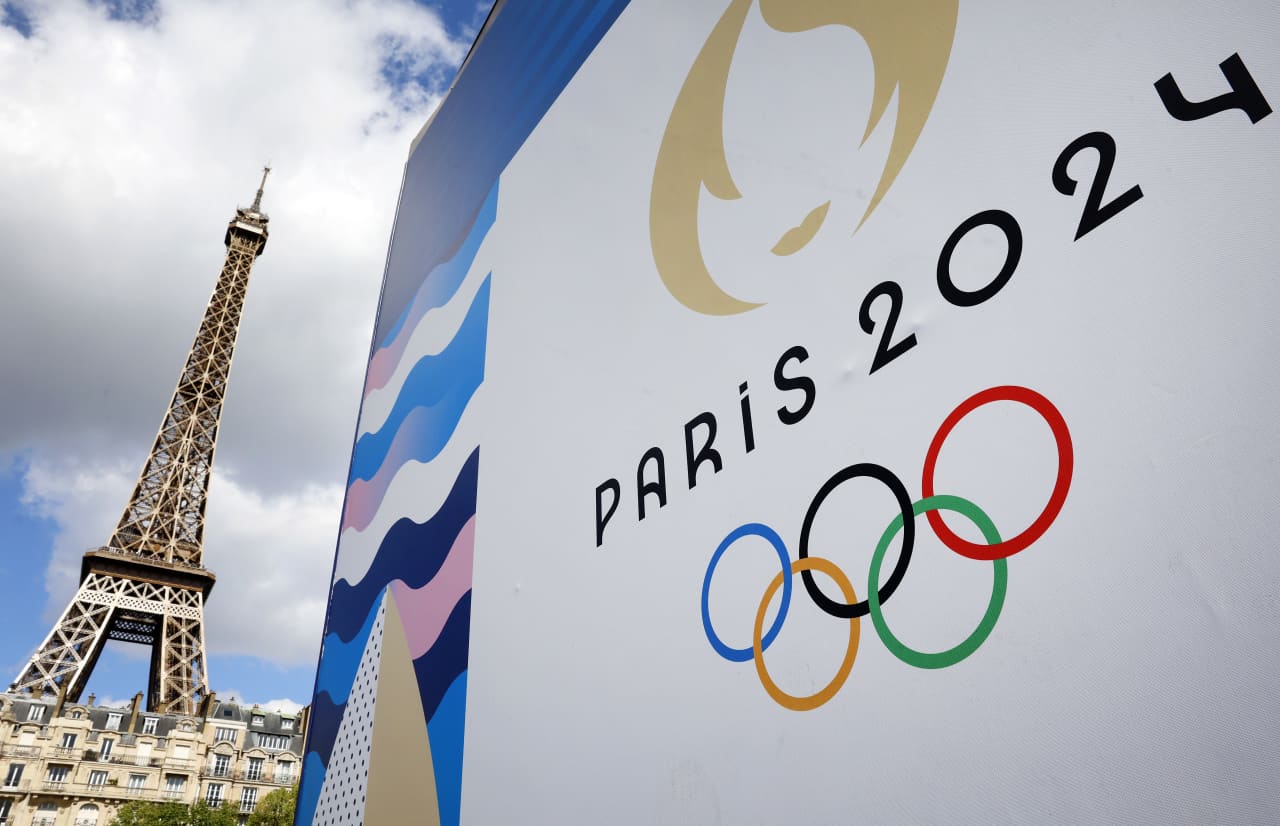
Getty Images
According to the site, the most sought-out vacation destinations are Morbihan and Loire-Atlantique, a seaside region in the northwest; le Var, a coastal area within the southeast of France along the Côte d’Azur; and the island of Corsica in the Mediterranean.
Meanwhile, the Olympics haven’t necessarily been a boon to foreign tourism in the country. Many tourists who might have otherwise come to France are avoiding it this year in favour of other European capitals. In Paris, demand for stays at high-end hotels has collapsed, with bookings down 50% in July compared to last year, according to UMIH Prestige, which represents hotels charging at least €800 ($865) a night for rooms.
Earlier this year, high-end restaurants and concierges said the Olympics might even be an opportunity to score a hard-get-seat at the city’s fine dining.
In the Occitanie region in southwest France, the overall number of reservations this summer hasn’t changed much from last year, says Vincent Gare, president of the regional tourism committee there.
“But looking further at the numbers, we do see an increase in the clientele coming from the Paris region,” Gare told Le Figaro, noting that the increase in reservations has fallen directly on the dates of the Olympic games.
Michel Barré, a retiree living in Paris’s Le Marais neighbourhood, is one of those opting for the beach rather than the opening ceremony. In January, he booked a stay in Normandy for two weeks.
“Even though it’s a major European capital, Paris is still a small city—it’s a massive effort to host all of these events,” Barré says. “The Olympics are going to be a mess.”
More than anything, he just wants some calm after an event-filled summer in Paris, which just before the Olympics experienced the drama of a snap election called by Macron.
“It’s been a hectic summer here,” he says.
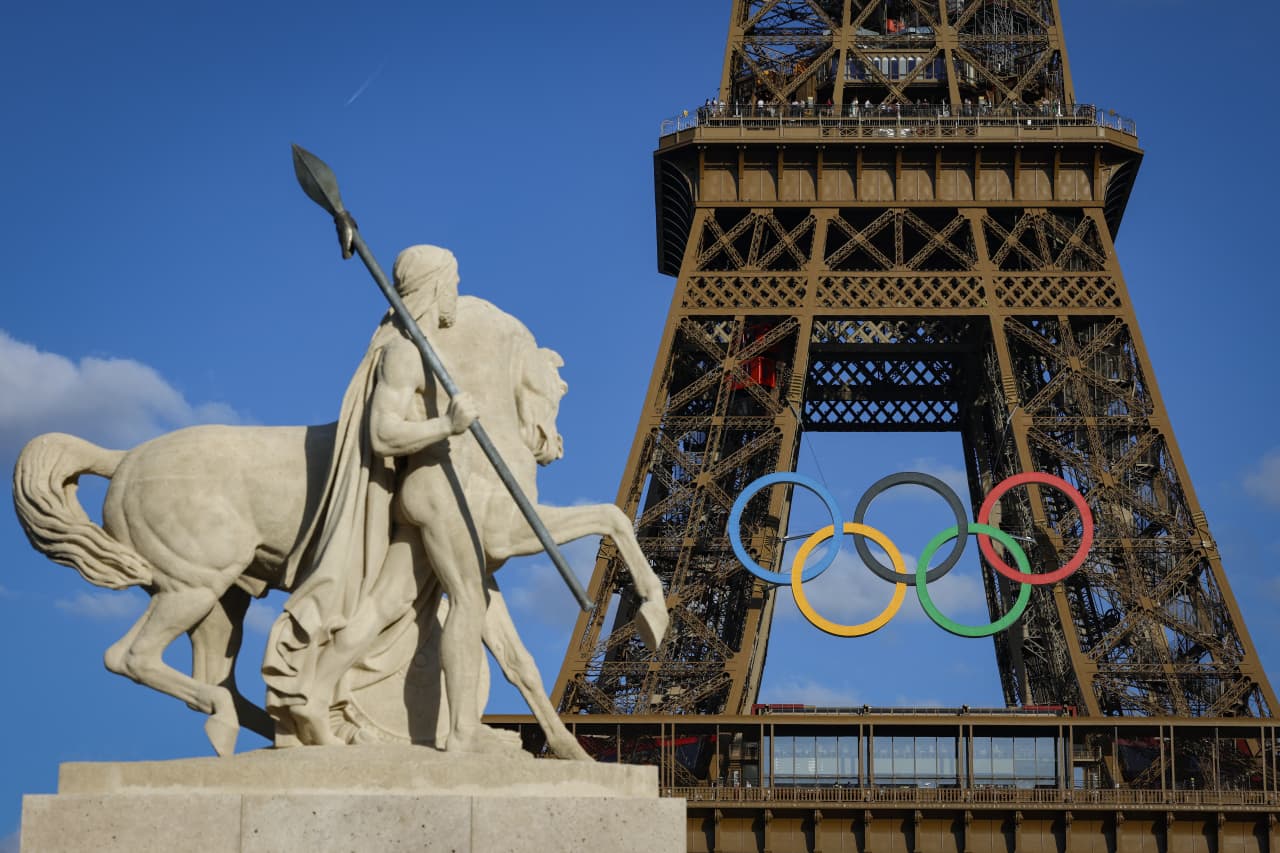
AFP via Getty Images
Parisians—Barré included—feel that the city, by over-catering to its tourists, is driving out many residents.
Parts of the Seine—usually one of the most popular summertime hangout spots —have been closed off for weeks as the city installs bleachers and Olympics signage. In certain neighbourhoods, residents will need to scan a QR code with police to access their own apartments. And from the Olympics to Sept. 8, Paris is nearly doubling the price of transit tickets from €2.15 to €4 per ride.
The city’s clear willingness to capitalise on its tourists has motivated some residents to do the same. In March, the number of active Airbnb listings in Paris reached an all-time high as hosts rushed to list their apartments. Listings grew 40% from the same time last year, according to the company.
With their regular clients taking off, Parisian restaurants and merchants are complaining that business is down.
“Are there any Parisians left in Paris?” Alaine Fontaine, president of the restaurant industry association, told the radio station Franceinfo on Sunday. “For the last three weeks, there haven’t been any here.”
Still, for all the talk of those leaving, there are plenty who have decided to stick around.
Jay Swanson, an American expat and YouTuber, can’t imagine leaving during the Olympics—he secured his tickets to see ping pong and volleyball last year. He’s also less concerned about the crowds and road closures than others, having just put together a series of videos explaining how to navigate Paris during the games.
“It’s been 100 years since the Games came to Paris; when else will we get a chance to host the world like this?” Swanson says. “So many Parisians are leaving and tourism is down, so not only will it be quiet but the only people left will be here for a party.”
This stylish family home combines a classic palette and finishes with a flexible floorplan
Just 55 minutes from Sydney, make this your creative getaway located in the majestic Hawkesbury region.



